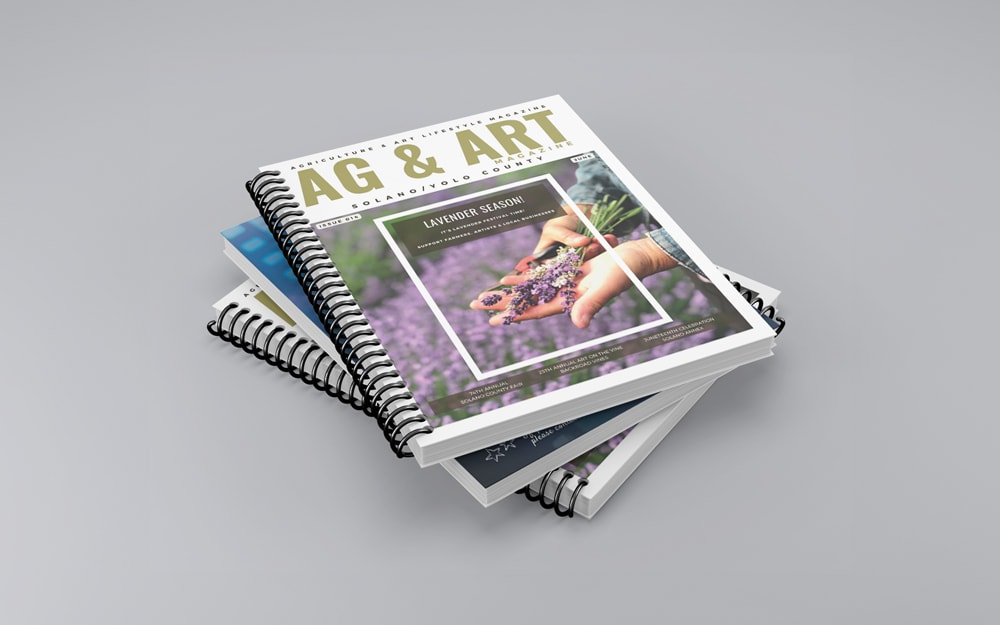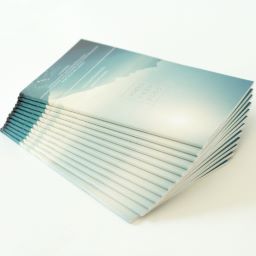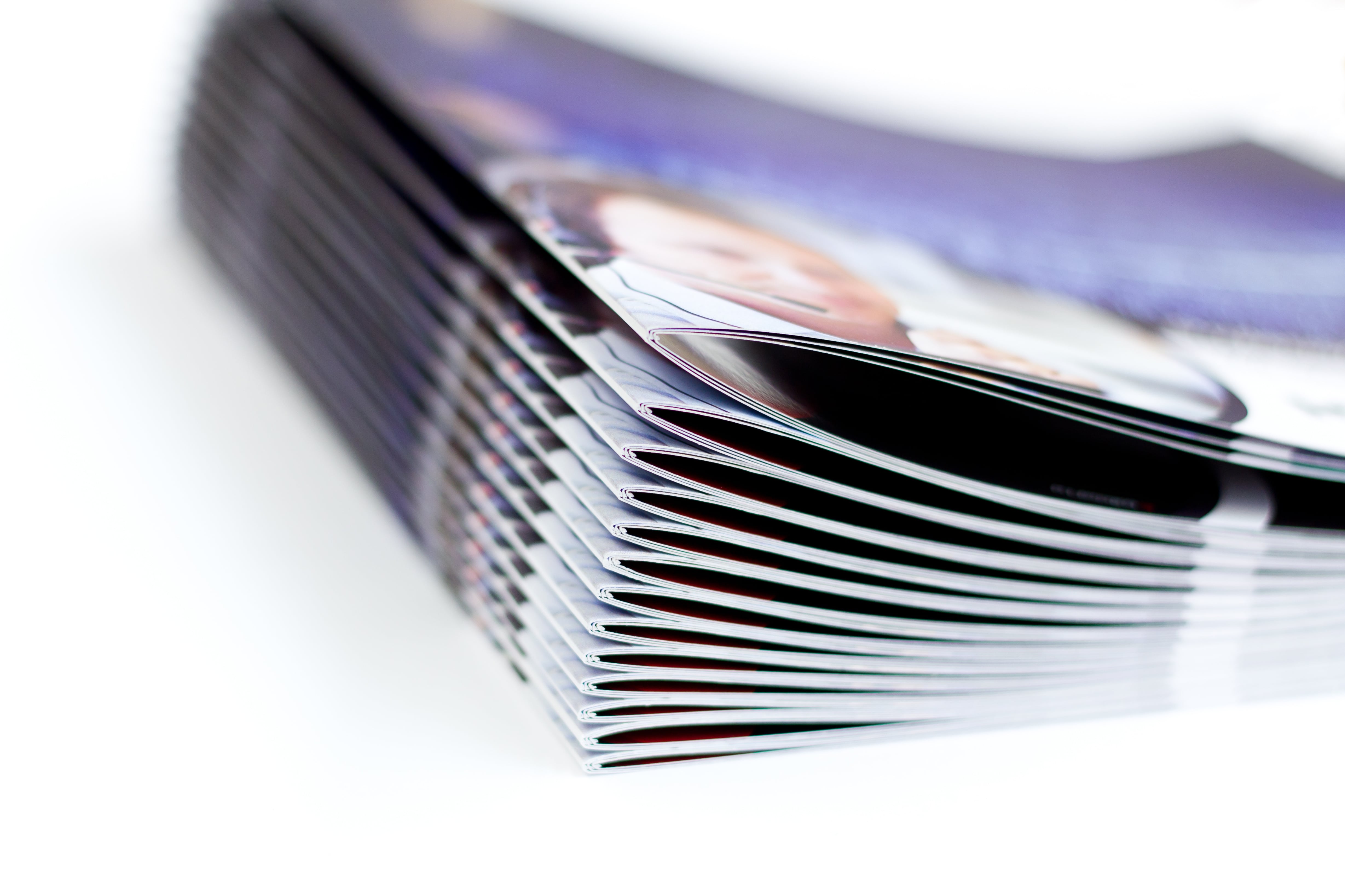Unlock the Power of Augmented Reality in Your Booklet Printing Projects
Unlock the Power of Augmented Reality in Your Booklet Printing Projects
Blog Article
The Essential Overview to Comprehending Brochure Printing Options and Techniques
The process of pamphlet printing entails numerous considerations that can significantly impact the end product. From picking the proper style and size to recognizing the subtleties of binding techniques, each choice plays an essential duty. Furthermore, aspects such as paper stock and printing strategies further influence the performance of the brochure. As one navigates these choices, it becomes essential to grasp just how they adjoin and what that suggests for the general outcome.
Recognizing Booklet Dimensions and layouts
When thinking about booklet printing, recognizing the various layouts and sizes readily available is necessary for achieving the preferred presentation. Brochures can be produced in various layouts, including saddle-stitched, spiral-bound, and perfect-bound, each offering distinctive advantages. Usual sizes vary from standard letter (8.5 x 11 inches) to smaller choices like A5 (5.8 x 8.3 inches), permitting versatility based upon content and target audience.Selecting the proper size can affect both the format and reader interaction. Bigger dimensions might fit aesthetically driven web content, while smaller styles may be extra straightforward and portable. Furthermore, the variety of web pages influences the choice of binding technique, as thicker brochures might call for sturdier bindings. Ultimately, comprehending these elements permits an extra tailored approach, guaranteeing that the end product straightens with the desired message and visual, enhancing the overall effectiveness of the communication.
Selecting the Right Paper Stock

Binding Methods: Choices and Factors To Consider
When it concerns binding techniques for pamphlets, numerous options are offered, each with unique benefits. Saddle stitch binding supplies a cost-effective service for thinner brochures, while best binding strategies give a more polished look for thicker publications. Wire-O binding sticks out for its longevity and convenience of usage, making it ideal for files that need versatility.
Saddle Stitch Binding
Saddle stitch binding uses a cost-efficient and sensible solution for assembling booklets, making it a popular choice among organizations and authors. This binding technique involves folding sheets of paper in fifty percent and stapling them along the fold line, developing a cool and well organized appearance. Generally suitable for booklets with a reduced web page count, saddle stitching is ideal for publications, sales brochures, and training materials. The simplicity of this strategy permits for quick production and is often preferred for brief runs or marketing items. It is crucial to keep in mind that saddle stitch binding may not be ideal for thicker brochures, as the spine might not hold up under enhanced weight. Overall, it continues to be a trustworthy choice for lots of printing projects.
Perfect Binding Strategies
Perfect binding is a commonly used method that offers a specialist and refined coating to publications and brochures. This method includes gluing the pages together at the back utilizing a solid adhesive, enabling a tidy edge and the capability to hold a bigger number of web pages contrasted to saddle stitching. Perfect binding is specifically suitable for thicker brochures, such as magazines and annual records, where a sturdy, flat back is desired. Furthermore, it supplies the option for a printed cover that can be made to enhance visual charm. Considerations such as web page matter, paper weight, and the planned usage of the booklet ought to be taken into account, as they can impact longevity and overall quality.
Wire-O Binding Choices
Wire-O binding, understood for its longevity and adaptability, offers an excellent choice for booklets that call for very easy web page transforming and a specialist look. This binding approach uses a collection of steel loopholes that hold web pages safely, enabling them to lie flat when open. It is especially suitable for presentations, catalogs, and manuals because of its robust nature. Wire-O binding is available in numerous shades and diameters, accommodating various web page counts and thicknesses. In addition, it allows the inclusion of tabs and covers, boosting the brochure's overall aesthetic. Factors to consider for Wire-O binding consist of the option of wire shade, the size of the loops, and the level of personalization preferred, every one of which can greatly influence the last item's look and capability.
Digital vs. Offset Printing: Which Is Best for You?
When selecting a printing approach for pamphlets, comprehending the differences in between digital and offset printing is crucial. Digital printing uses modern innovation to produce high-quality prints swiftly and affordably, making it ideal for short runs or projects needing quick turnaround times. It permits personalization, providing the capability to print on-demand with very little waste.In comparison, balance out printing is a typical method that masters generating big amounts with consistent top quality. It involves transferring ink from a plate to a rubber covering, then to the paper, which leads to vibrant colors and specific details. However, balance out printing typically needs longer arrangement times and is more economical for bigger volumes.Ultimately, the choice between electronic and counter printing depends on job needs, spending plan, and desired quantity. For little, time-sensitive jobs, electronic could be the most effective choice, while offset may be more suitable for bigger, high-grade manufacturings.

Creating Your Pamphlet: Tips and Finest Practices
When developing a booklet, careful focus to format, typeface selection, and shade usage can considerably improve its effectiveness. A well-structured hop over to here format overviews the visitor's eye, while appropriate typefaces assure readability and communicate the wanted tone. Additionally, reliable use of color can stimulate emotions and highlight vital info, making the overall layout a lot more impactful.
Selecting the Right Format
Exactly how can one efficiently choose the ideal format for a booklet? It is crucial to assess the booklet's function and target audience. A clean, organized format improves readability and engagement. Using a grid system can aid in lining up elements constantly, creating an expert look. Furthermore, including visual power structure through differing dimensions and placements of pictures and message can direct the viewers's eye and emphasize crucial details. It is also crucial to leave sufficient white area, which protects against overcrowding and permits far better focus. Lastly, examining different layouts with mock-ups can give insight into just how the layout carries out in real-world situations, making certain that the final product satisfies both functional and aesthetic demands.
Picking Appropriate Fonts
A well-chosen font can significantly improve the general style of a brochure, matching the design and strengthening the material's message. The choice of font styles check my reference must think about readability, particularly for body message, as it ensures the info is easily accessible to all readers. Sans-serif typefaces are often favored for digital layouts, while serif fonts can lend a traditional feel in published products. It's a good idea to limit font choices to two or 3 to preserve visual coherence. Additionally, typeface dimension plays an essential role; headings should be distinctive yet not overwhelming, while body text should fit for analysis. When selecting typefaces, placement with the brochure's theme and target market is necessary for efficient interaction and visual appeal.
Reliable Use of Color
Shade works as an effective tool in brochure design, guiding and shaping assumptions visitor feelings. It can evoke feelings of calmness, depend on, or exhilaration, depending on the shades picked. Designers ought to take into consideration shade theory principles, making sure that the picked palette lines up with the brochure's message and target market. Utilizing warm shades like red and orange can produce necessity, while cooler tones like eco-friendly and blue foster tranquility.Additionally, contrast plays an important duty; corresponding shades can improve readability and aesthetic allure. Consistency in color use throughout pages additionally reinforces brand name identity and communication. Eventually, effective shade application not only catches interest however likewise strengthens the brochure's function, making it a necessary element of effective style.
Finishing Touches: Coatings and Special Effects
While several take into consideration the web content and format of a brochure the most crucial elements, the finishing touches, such as coatings and unique impacts, play a vital function in enhancing its total charm. Coatings can supply protection and resilience, ensuring that the pamphlet holds up against wear and tear. Matte coatings supply an advanced, non-reflective surface, while shiny finishes can make colors show up more dynamic and eye-catching. Special results, like embossing or foil marking, add a tactile measurement that can create a remarkable impression. These strategies can highlight particular locations, accentuating crucial information or developing visual passion. Additionally, UV layer can give a high-shine coating that boosts the general look.Together, these finishing touches not just enhance the brochure's visual however additionally communicate expertise and interest to information, ultimately leaving an enduring impact on the visitor.
Price Considerations for Pamphlet Printing
Understanding the different price considerations for brochure printing is essential for organizations and companies intending to maximize their budgets. Secret aspects affecting costs include the option of ink, binding, and paper approaches. Higher quality materials, such as superior paper or specialized inks, commonly increase the general cost. Furthermore, the dimension and web page matter of the pamphlet play a significant role; larger booklets need more resources and time to produce.Another crucial factor to consider is the printing strategy, whether electronic or countered, as each has its very own rates framework and viability for various amounts. Organizations need to additionally consider layout prices, which can differ based upon intricacy and using specialist services. Inevitably, delivery and handling costs can include to the total amount, particularly for big orders. By examining these aspects, organizations can make informed decisions that align with their economic capacities while attaining the preferred high quality in their printed materials.
Regularly Asked Inquiries
What Are the Environmental Impacts of Booklet Printing?
The ecological influences of brochure printing include logging from paper manufacturing, carbon discharges from transportation, and waste generation from discarded products - Booklet Printing. Sustainable practices, such as making use of recycled paper and environmentally friendly inks, can minimize these results
Exactly How Can I Guarantee Color Precision in My Brochure?
To guarantee shade accuracy in a booklet, one need to use calibrated displays, utilize professional shade profiles, perform test prints, and pick high-grade printing services that offer shade matching and proofing options for ideal results.
What Is the Regular Turn-around Time for Booklet Printing?
The normal turnaround time for pamphlet printing varies relying on the complexity and amount - Booklet Printing. Normally, it varies from a few days to 2 weeks, influenced by variables such as printing approaches and finishing needs
Are There Minimum Order Quantities for Brochure Printing?

Can I Publish Booklets in Multiple Languages?
Printing brochures in several languages is feasible. Several printing solutions offer options for multilingual or bilingual designs, enabling for effective interaction. Mindful preparation warranties that make elements accommodate various languages without compromising readability or aesthetic next page appeals. Furthermore, aspects such as paper supply and printing methods additional influence the efficiency of the brochure. When thinking about brochure printing, comprehending the various formats and sizes readily available is essential for achieving the wanted discussion. When choosing a printing technique for booklets, understanding the distinctions in between digital and offset printing is important. Additionally, the dimension and page count of the booklet play a substantial role; larger booklets need more resources and time to produce.Another vital consideration is the printing technique, whether digital or balanced out, as each has its very own pricing structure and suitability for various amounts. The ecological effects of brochure printing include deforestation from paper production, carbon exhausts from transport, and waste generation from disposed of products.
Report this page